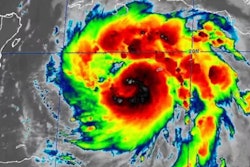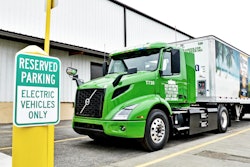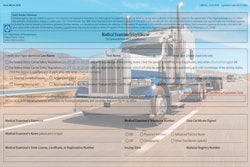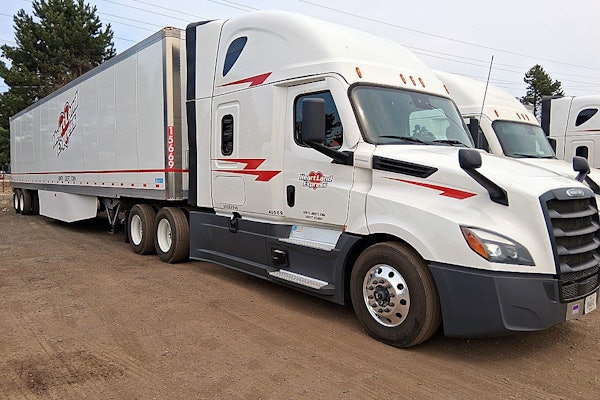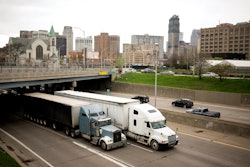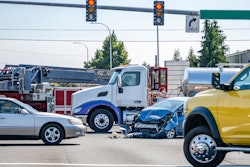Trucking news and briefs for Monday, June 30, 2025:
DOT to audit states over non-domiciled CDL practices
To go along with what he called a pro-truck driver regulatory plan outlined Friday, U.S. Transportation Secretary Sean Duffy also announced that the DOT is launching a nationwide audit into state practices for issuing non-domiciled CDLs.
Duffy said his department would specifically be “reviewing the potential for unqualified individuals obtaining licenses and posing a hazard on our roads.”
“Today, we are launching a nationwide audit to get to the bottom of this,” Duffy said. “Our audit is about protecting the safety of families on the road and upholding the integrity of CDLs held by America’s truckers. Every state must follow federal regulations, and ensure only qualified, properly documented drivers are getting behind the wheel of a truck.”
As part of the effort, the DOT has directed the Federal Motor Carrier Safety Administration to conduct a nationwide compliance review of states issuing non-domiciled CDLs. The review will examine state procedures for issuing non-domiciled CDLs to identify and stop any patterns of abuse and ensure federal standards are being met across the country.
[Related: FMCSA Chief Counsel on deregulating trucking, English proficiency and non-domiciled CDLs]
Senate bill would require English test to obtain CDL
A bill introduced in the U.S. Senate would further reinforce President Donald Trump’s executive order related to English language proficiency (ELP) for truck drivers by requiring that commercial driver’s license applicants demonstrate “the ability to understand in English the basic information needed to effectively operate, and to communicate in English while operating, a commercial motor vehicle,” according to the text of the bill.
The legislation -- titled the Commercial Motor Vehicle (CMV) English Proficiency Act -- was introduced by Sen. Roger Marshall (R-Kansas) and co-sponsored by Sens. Cindy Hyde-Smith (R-Mississippi) and John Barrasso (R-Wyoming).
“Common sense would tell us that anyone driving on American roads, especially those operating large trucks and trailers, should be capable of understanding what the road signs say or how to communicate with police,” Marshall said.
Hyde-Smith added that ELP for truck drivers “isn’t just practical, it can be a matter of life and death. The unwillingness of previous administrations to enforce this commonsense regulation undermines roadway safety and puts all drivers at risk.”
Under the bill, all CDL applicants would be tested on their ability to read and understand traffic signs, communicate in English with law enforcement, and provide and receive feedback and directions in English. Additionally, this bill prohibits these tests from being administered in languages other than English.
The bill was referred to the Senate Committee on Commerce, Science, and Transportation, where it will need to pass before reaching the Senate floor for a vote. It follows legislation introduced last month in the U.S. House that would codify Trump’s ELP executive order that commercial drivers be able to read and speak English.
[Related: Legislation looks to codify Trump's English proficiency executive order]
1.4-million-pound super load to impact I-80 travel next week
The Wyoming Department of Transportation is alerting motorists that a slow-moving super load carrying a transformer will be transported from Laramie to Medicine Bow beginning Monday, June 30.
The super load will be leaving the Laramie railyard Monday morning and is estimated to make it onto Interstate 80 at the Snowy Range on-ramp at mile marker 311 by 10:30 a.m. From there, the load will move west to the truck parking lot at milepost 307.
On Tuesday, July 1, the super load will leave the parking area around 5 a.m. and move to Arlington at mile marker 272 on I-80. The journey is expected to take around two hours. From there, the transport will take Wyoming Highway 13 to U.S. Highway 30/287, ending its route in Medicine Bow.
The transport dimensions are 17’3” tall, 26’ wide and 385’ long with a weight of 1,484,000 pounds. Due to the size of the super load, both lanes of travel will be used. In order to not cause damage to the interstate, the transport will be traveling at 25-30 mph, dropping to 10 mph over bridges. Stoppages and travel delays should be expected.
The transport is anticipated to return to the Laramie railyard the second week of July. Two more transformers will be moved this summer. Schedule details to come.




